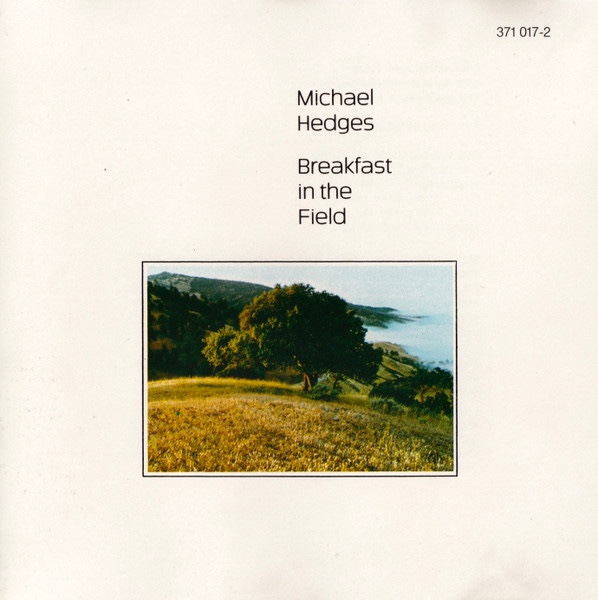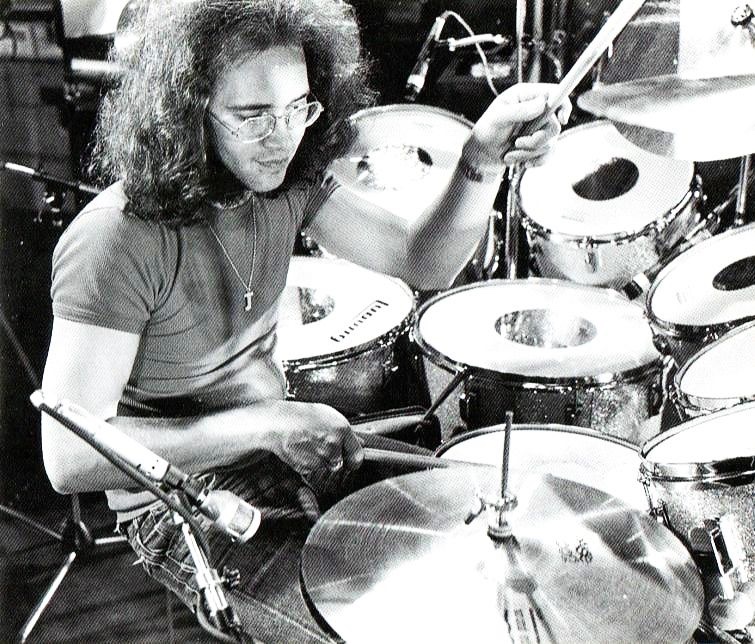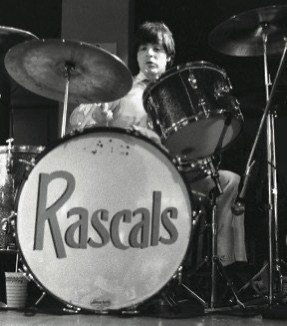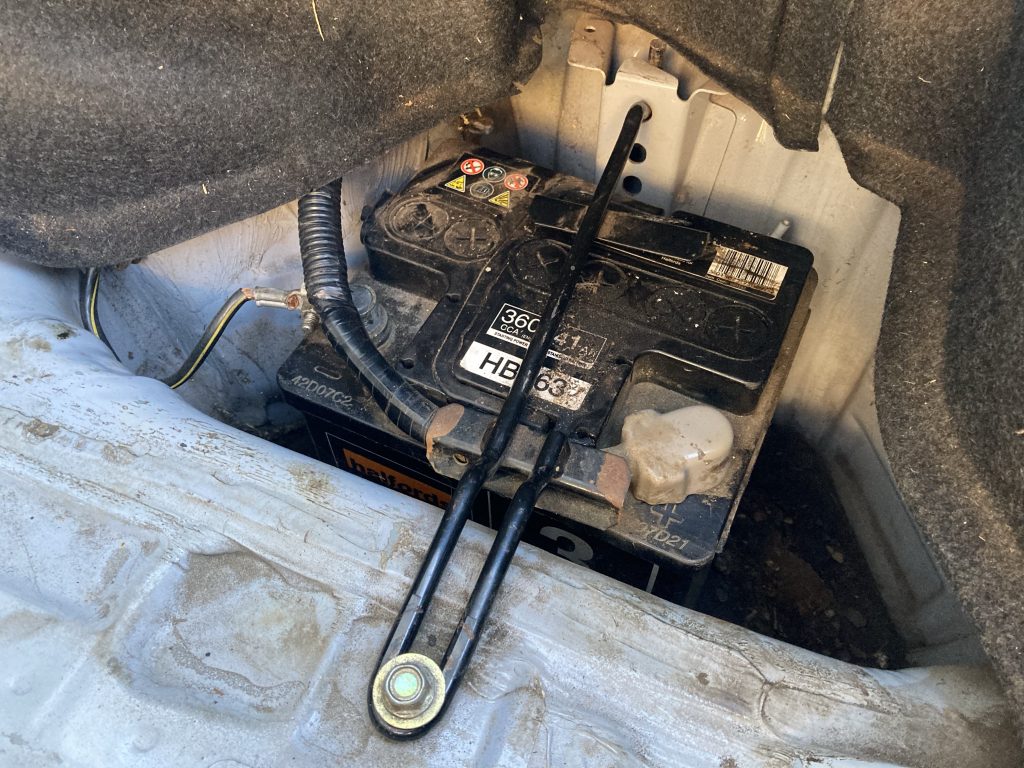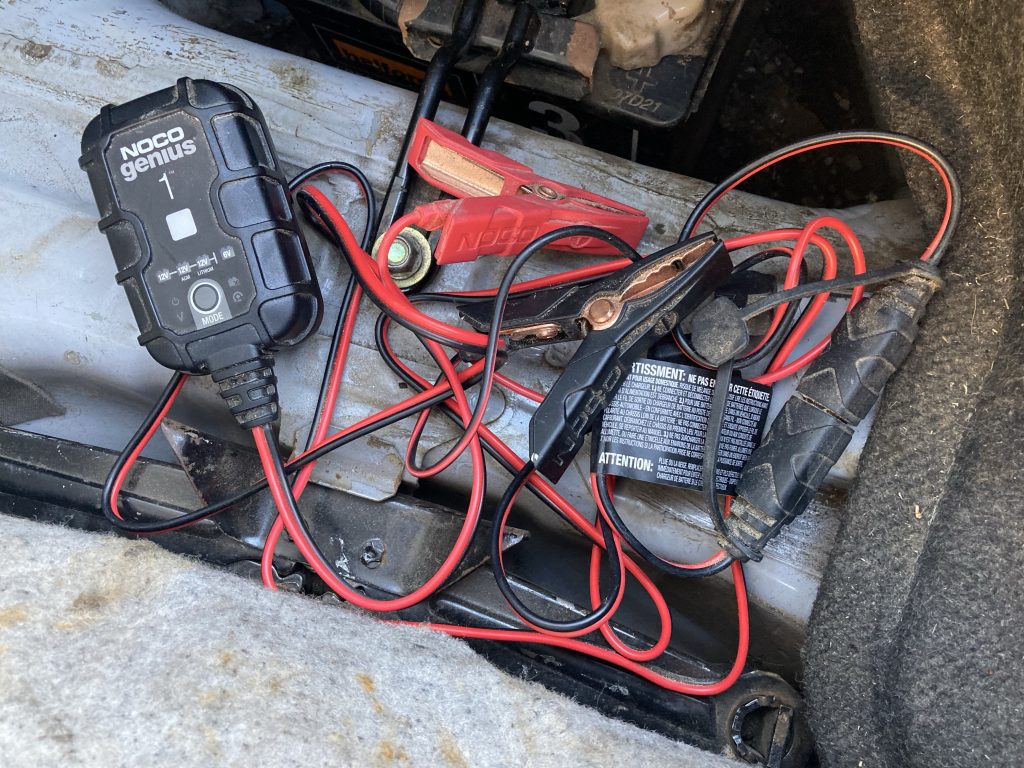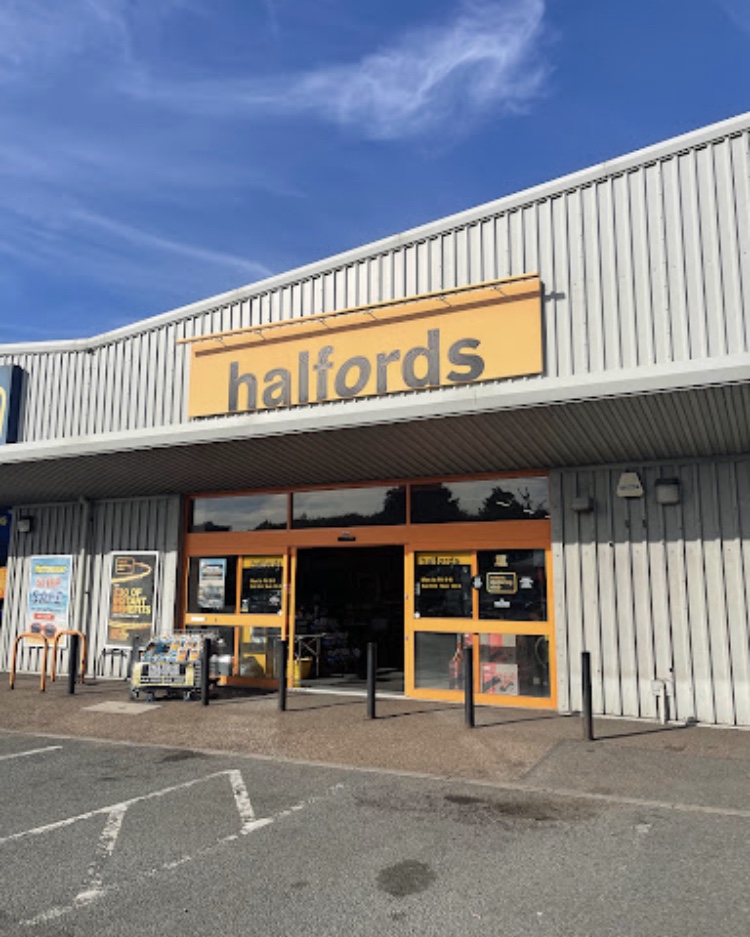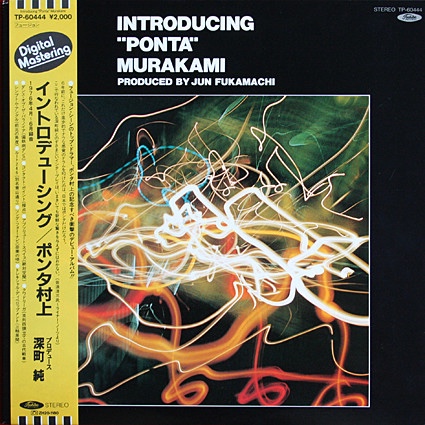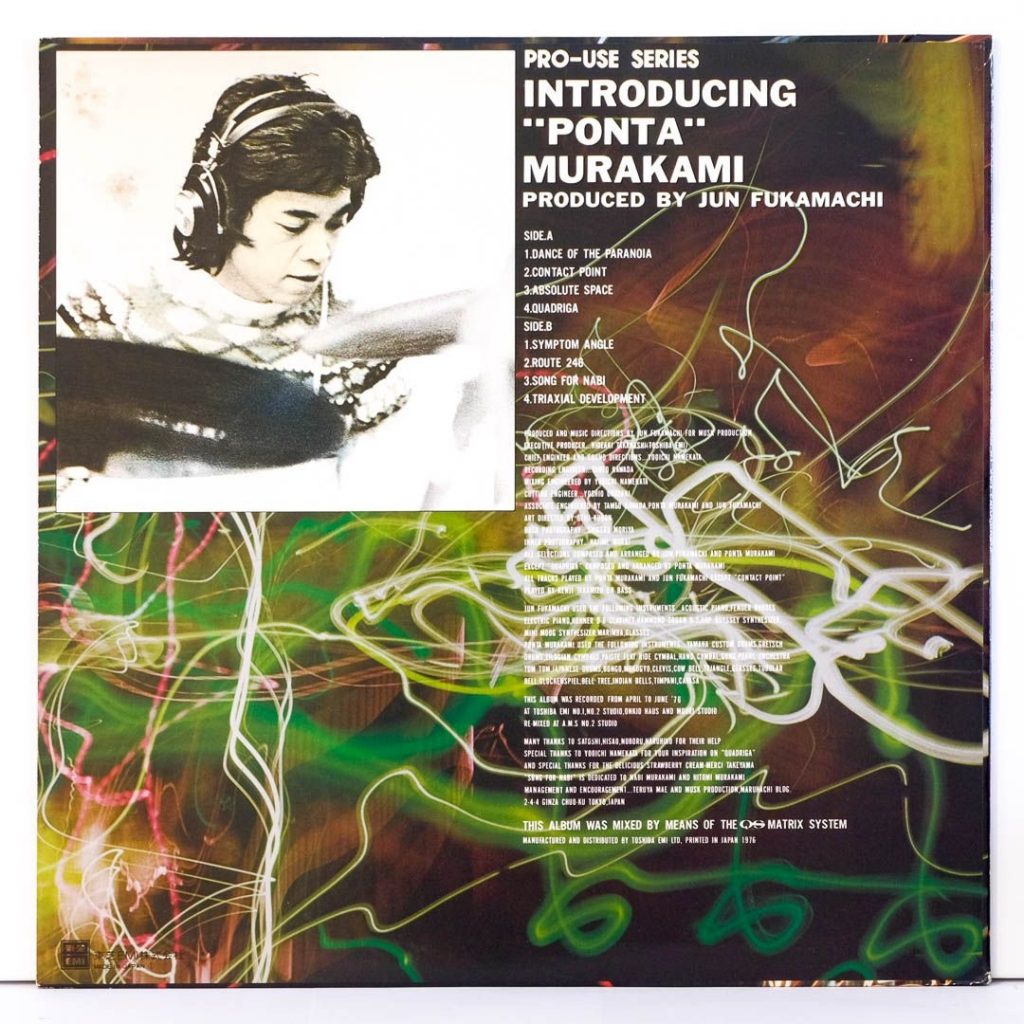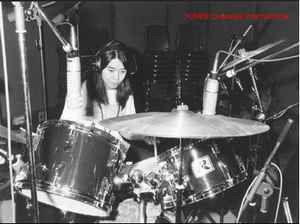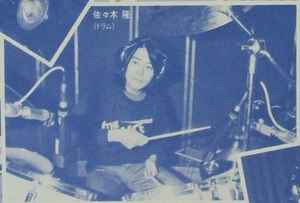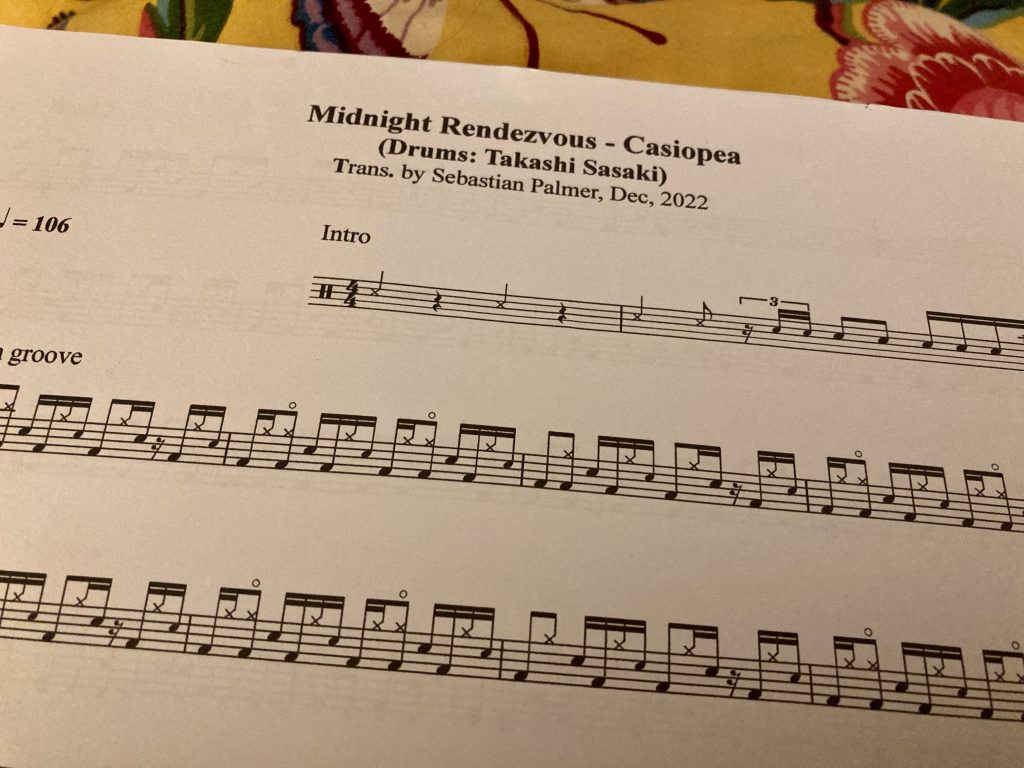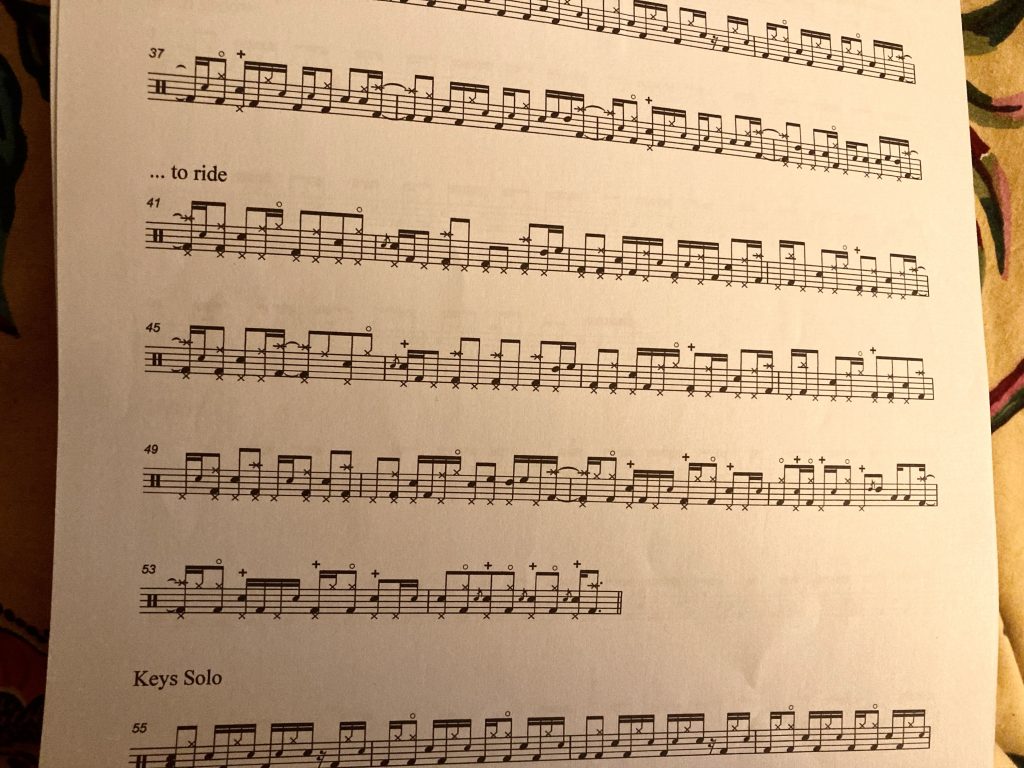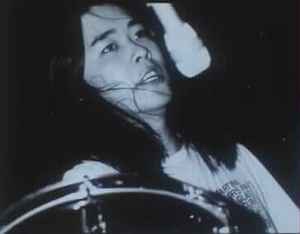It’s really saddening to find ourselves in a state where Jonathan Pie and The Daily Mash are better and more reliable sources of news than any of the mainstream screen media.
I’m a staunch supporter of the BBC, as a ‘national good’, a publicly owned and run non-politically affiliated institution, there for the benefit of all in the UK, free from commercial exploitation.
Ever since its inception most Tories have disliked the BBC, and even as they continue to disassemble and co-opt it, from within, they still caricature it as a hotbed of leftist ne’erdowells. In actual fact it has been infiltrated and taken over by bean-counting place-serving yes-men/women, appointed by the Tories for so long now I’ve lost track.
It’s gotten to the point now that even so called news items are actually party political broadcasts for the Tory agenda. I heard a piece on the NHS ‘collaborating’ with private healthcare on BBC R4 the other day, and couldn’t believe how blatantly Tory it was.
Essentially it portrayed the private sector as coming to the rescue of the ailing NHS. No examination of why this has come to pass. Nor what it means for the future of the NHS, beyond the programmes’ blatantly biased message that public/private cooperation can only be good.
But coming to Pie’s latest rant; it’s a theme many on the left are slapping their faces at. When Starmer recently took Sunak to task over the economic meltdown the Tories have gotten us into, and in particular the role of Tory self-serving greed – in the latest form of Mone – in all of this, Rishi did exactly what Pie is talking about.
Rather than address the blatant theivery of the super rich, at a time when the nation was and still is supposedly ‘all in it together’, this City millionaire instead tries to steer the conversation towards blaming those sections of the ‘lower orders’ who are having the temerity to strike, in pursuit of such outrageous demands as living wages and job security.
And let’s not forget that Toryism has always campaigned for the erosion of workers’ rights. That’s why we’ve seen a thermonuclear mushrooming of ‘zero hours’ contracts. That’s what Brexit was always really about. Removing that pesky EU red tape, aka deregulation, has always been about taking away rights and powers from those lower down the food chain in order to benefit those further up it, making it easier for them to skim off the cream.
As Mick Lynch is constantly saying, to anyone who’ll listen, these rich greedy fuckers are getting wealthier by parasitically exploiting all of us. And yet, because they have vast wealth, they brazenly use it to manufacture a ‘divide and rule’ scenario, in which the middle and working classes blame each other, and especially those at the bottom of the pile – from those fleeing poverty, persecution, war, etc, to those who actually serve us day in day out (teachers, posties, rail workers, nurses) – it’s literally fucking insane!
As The Daily Mash have noted, we’re drifting dangerously close to outright fascism. A right wing one party state, run by a wealthy clique whose rapine self-interest is gradually being set in legal stone.
Two World Wars and the sacrifices of rivers of blood, mostly the blood of the cannon-fodder workers, saw the demise of the Victorian and Edwardian era of aristocracy, and – in response to those collective sacrifices – the setting up of many national and international forms of governance.
The NHS and the EU/NATO, etc, were all born out of those bouts of unprecedented blood-letting that occurred really quite recently. And we’re seeing it all carved up, flogged off and destroyed by greedy capitalists whose self-interest and short-termism are totally unsuited to a world in which we face so many human-made (and other) threats to our collective existence.
Nuclear proliferation and war, chemical and biological (never mind ordinary) weapons, pollution, climate change, mass extinctions for which we are the chief cause, all these require strong and morally directed governance. Not rapine neo-liberal capitalism.
It’s grim out there right now. And I’m not talking about the winter weather.

